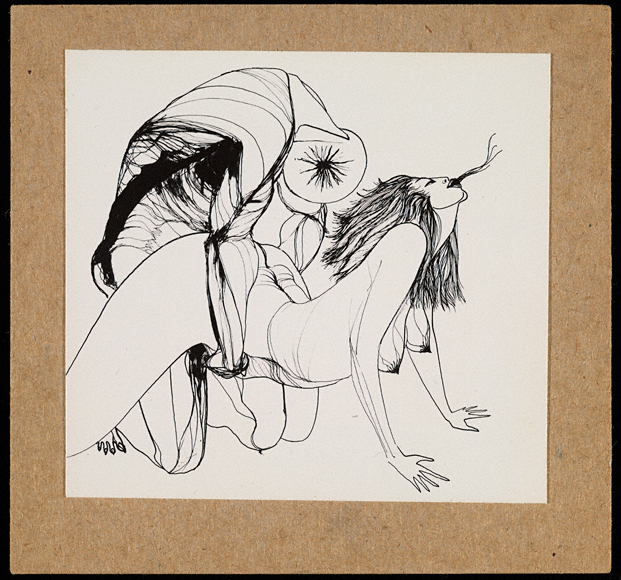Cameron inspires contemporary artist
By JAMES D. CAMPBELL, February 2020 for WhiteHot Magazine
Margaret Haines is an artist and filmmaker based in Los Angeles and Amsterdam. She is a recent resident of the Rijksakademie van beeldende kunsten. Her work has been presented at the East End Film Festival, Carroll Fletcher, Auto Italia South East, and the ICA, in London; 1646 in The Hague; VISIO lo schermo dell’arte, Florence; Human Resources and ltd in Los Angeles; Spazi Murate, Bari, Italy; and Western Front Exhibitions, Vancouver.
Haines’s forthcoming book On Air: Purity, Corruption and Pollution is a narrative biography of Marjorie Cameron and pairs Haines’s formal archival work with a wider analysis of the contemporary moment and an alignment with the tangential and apophenic. Haines is the author of Love with Stranger X Coco (New Byzantium, 2012), which includes a discussion of Cameron and her work. She has been a board member of the Cameron Parsons Foundation since 2014……..
JDC: I understand you had some meetings with Ordo Templi Orientis people like Bill Breeze, also an admirer of Cameron?
MH:. Bill contacted me to write an essay for the catalogue, Songs to the Witchwoman, which is the title of the collaborative work between Cameron and Jack. Cameron continues the work after Jack’s death, the drawings are illustrations of his poems to her. I consider in this essay, Lucky Star, the implications of trauma on creativity and flow, but the drawings could also be read as a recording of Cameron’s initial embracement of ritual magick, or the system her husband worked within, in a way I suppose the two are interchangeable.
Bill and Cameron were close and she trusted him to publish Jack’s writings. There is a great interview with Bill about Cameron by Ewen Chardronnet and Valérie Caradec in Optical Sound, which occurred as a companion to the exhibition of Cameron’s works at agnès b. in Paris………
JDC: What does Cameron have to say to contemporary art and artists?
MH: Cameron stopped showing her work after Peyote Vision was censored in 1957 by the LA vice squad. She could have had a career, she refused all that, she also had no money. I think about that when I see how things churn, and the careerism instilled by what has become an industry, with faux and real investment, the collection of accolades, when artists are bought like apartments for an investment portfolio, and it’s just an empty building, the investor profits, not the city. In one interview I did for the book, John Chamberlain came up, as they knew one another and he made a film of her, and it was said during the interview, something to the extent, like, well after all this time she is by far the more interesting artist. I’m biased, obviously, but I believe this is true. After all the work that divorces you from the true work, it’s almost like the real black magic is that which takes you away from real work or the real craft, without the panic of approval, how looking elsewhere or outside of oneself in a rush of relevancy without core is black magic, like if a director is making a film and they’re just thinking about an acceptance speech while directing. I think her work erases this platform of thought, it’s a complete disavowal of this trampling.
This is perhaps a more general response, and probably true for a variety of artists. Whereas, a more precise influence of her work is the consideration of supposed anachronism. When I learned that she considered UFOs not hi tech, but of the elements, this congealed something for me. The hi tech as almost a mirage of the past than as a subterfuge or glimpse of the future, and perhaps how this relates to things like bio-hacking, eco-feminism or working within the as is, how the future is contained in the seeming past, how utopic invention can occur without a drastic imagined industrialized hi tech and still be visionary. WM
see full article @ WhiteHot Magazine




